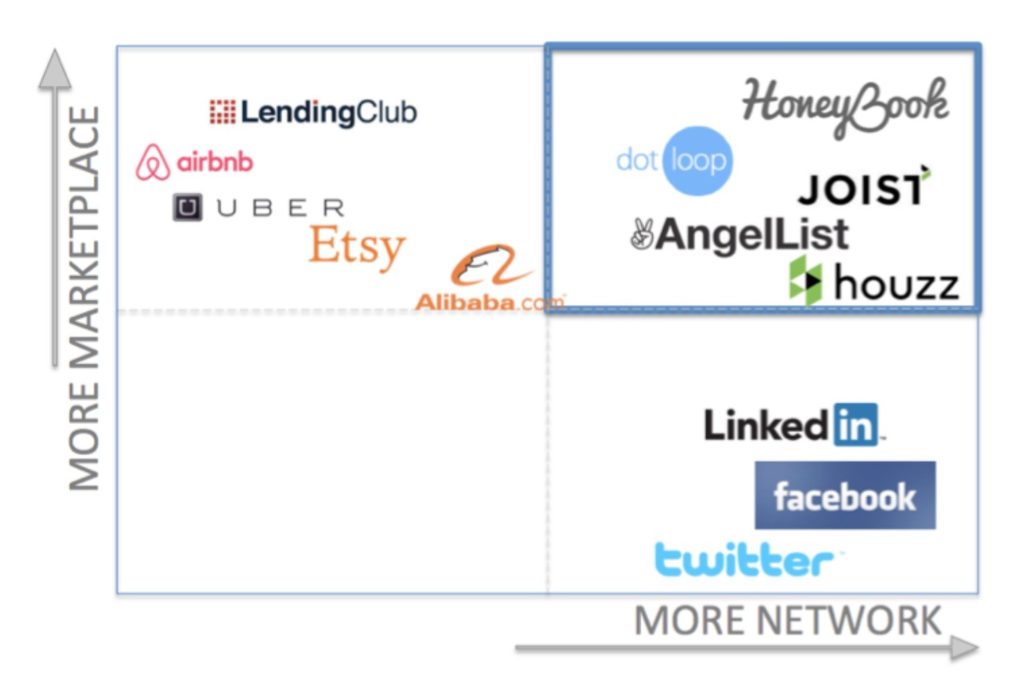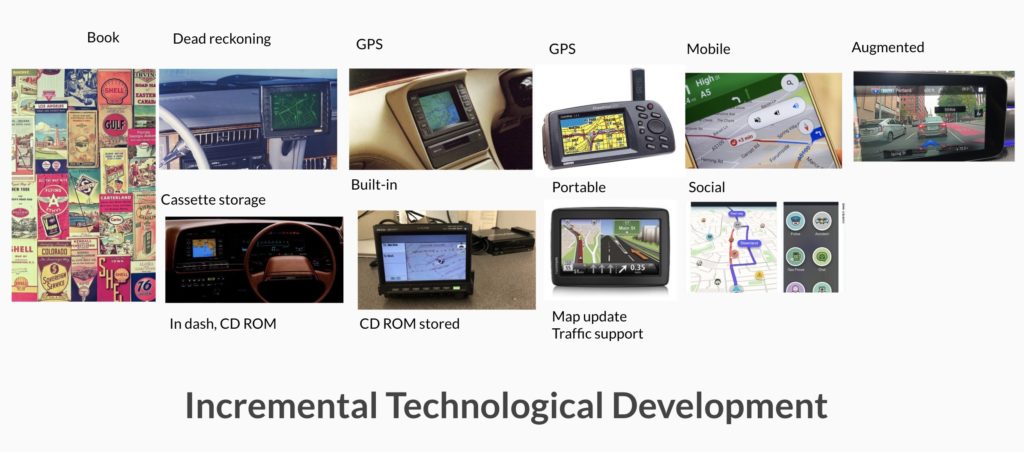
Digital transformation is a hot topic in many industries, and manufacturing is no exception. Many manufacturers are looking for ways to improve their operations and stay competitive in a digital world. There are many different aspects of digital transformation, but one key component is the ability to use data to drive future manufacturing intelligence. Data is a 21st-century oil. In the same way, hydropower and oil were helping to make the past industrial revolutions, the power of data will make a difference in the manufacturing industry in the 21st century.
Digital transformation is the main driving force in the manufacturing revolution these days. In order to stay competitive, manufacturers need to embrace digital transformation. This process involves using technology to make changes in all aspects of the business, from production to sales and customer service. In this blog post, we will explore how data and digital transformation in manufacturing will bring future intelligence to manufacturing processes. We will also provide tips for implementing a successful digital transformation strategy.
Network Platforms and Digital Transformation Success
Bringing data to the power is not a one-step process. For the last two decades, we’ve seen how network platforms can provide advantages and create unique value using data intelligence. What is common between Google, Facebook, Uber, Airbnb, and other online platforms? They are network-based and they use the power of data to create future intelligence.

However, digital transformation cannot happen overnight. Let’s make some comparisons between driving process transformation and the manufacturing industry. When we travel these days, the only thing we need to have is our phones. Everything else can be plugged in. I’ve made the following picture a couple of years ago when renting a car in London. It is a big difference from my driving experience in Europe back in the 1990s when I had to use my Europe Map Atlas.

But the transformation was taking time and multiple events. It took time to go from paper maps to reconning, portable GPS systems, traffic control, and intelligent driving applications provided by our mobile phones.

Now, let’s try to project it to the reality of the manufacturing industry.
From Paper Books To Intelligent Digital Services
I captured the following picture last week when I attended the CIMdata industry and market forum in Ann Arbor, MI. Thomas Register is the foundation of a paper-based manufacturing economy. It is a multi-volume directory of industrial product information covering manufacturers, distributors, and service companies.

Xometry is a modern “Uber-like” network platform that allows you to get your part 3D printed, CNC machined, or manufactured in a different form and sent you back with the simplicity of Amazon delivery service. It is part of the future one-click manufacturing industry. A few years ago, Xometry announced the development of their instant quoting intelligence agent, which was part of the strategic plan of Xometry that is Looking To Be The Airbnb Of On-Demand Manufacturing.
However, the delivery matters. Read DE247 article – Artificial intelligence for part quotation engine. My favorite part is that the Xometry service can be delivered embedded in other applications.
Xometry Everywhere unlocks the full power of Xometry,” says Xometry CEO Randy Altschuler, “unconstrained by a single site or destination, extending the reach of our powerful quoting engine.” Once applied within a sourcing site, Xometry Everywhere offers the full functionality that currently exists only at xometry.com. The company says this includes instant quoting, lead time estimates, instant Design For Manufacturing (DFM) feedback and 3D part viewer capabilities. “It is another way in which we are meeting the needs of our buyers to shore up supply chain constraints, while also making it easier for domestic and international manufacturers to grow their own businesses,” adds Altschuler.
PLM Online Platforms and Production Planning Services
ERP systems were for a long time the front face of transaction business in the manufacturing industry. You can load an ERP system with a Bill of Materials, start the button and make a production plan. The model worked well for high-scaled manufacturing use cases and build-for-stock use cases. However, the following recent transformations create a demand for changes. Customer expectations for custom product cost pressure, supply chain disruption, and many other factors are creating a demand to have an intelligent platform capable to predict product cost, usage of contractors and suppliers, material sources disruption, and others. With 70% of product cost defined already during the design phase, it creates an opportunity to build an intelligence system that can provide services from the early design phase to later supply chain and procurement strategy.
What can be a foundation of the manufacturing intelligence that future engineering and manufacturing platforms can build? I can see three sources for such intelligence that today is not utilized in current PLM and ERP environments:
- System layer. Check my article A look into System Lifecycle Management. Prof Martin Eigner’s book should be a big inspiration to all people that are involved in the development of the “system layer”. Product complexity and digital transformation are two main factors leading toward the future transformation of engineering and manufacturing software. We are going to see many examples of new systems developed in the next 5-10 years. The biggest challenge of System Lifecycle Management remains the same – organization of information flows and data interoperability.
- PLM-ERP connection The connection between engineering and financial impact will be an important element to build future manufacturing intelligence. A specific X design decision will cost Y impact. Quotations engines developed by Xomerty and similar services extended to the level of assembly, production, and supply chain will be the future mechanisms that can be used for decision making.
- Multi-tenant network platforms You need to have a lot of data to build an efficient machine learning foundation. All existing mainstream PLM platforms are single-tenant and won’t provide such a foundation that can use the data from multiple companies to build an intelligent platform. The network element of the platform is the key because it will provide an ultimate source of information about how companies work together.
Multi-tenant Network PLM Platforms
Timing is everything. According to Gartner Research, cloud-native PLM platforms will take ~5-20% of the PLM market in the next 2-5 years. Which creates a foundation for cloud transformation in the manufacturing industry. This is how it can play out. Think about intelligent online BOM service analyzing assembly information, building connections with contractors, and suppliers, and connecting with other services like Xomerty online for seamless on-demand manufacturing, risk mitigation, and cost assessments.
What is my conclusion?
It is time for the manufacturing industry to build a foundation for future intelligent platforms. Data is the core element of this value combined with the information of a hundred thousand manufacturing companies, contractors, and suppliers operating online using the platform services, connecting instantaneously for quotes, risk assessment, and cost estimation. PLM vendors are standing in front of the opportunity to build intelligent platforms to redefine the future of manufacturing relationships, sourcing, custom production, and services using online platforms. These platforms will support Uber-like processes scaled to the assembly level, allowing online quotes, contractors and suppliers selection, optimization of change management processes, and connecting design, change management, production planning, and sourcing together. Just my thoughts…
Best, Oleg
Disclaimer: I’m co-founder and CEO of OpenBOM developing a digital cloud-native PLM platform that manages product data and connects manufacturers, construction companies, and their supply chain networks. My opinion can be unintentionally biased.
The post PLM Data Intelligence In Manufacturing – From A Single Part To Online Change Management And Decision Support Services appeared first on Beyond PLM (Product Lifecycle Management) Blog.



Be the first to post a comment.